In the last few years, so many different brands of menstrual cups have popped up on the market. On top of that, you can find a lot of generic or unbranded cups being sold online as well. This can make choosing the right one pretty confusing for a beginner. These are, in my opinion, the most useful tips you can use so that you have a better chance of choosing a first cup that will work for you:
Do your research.
Research, research, research! I cannot stress this enough. You need to do a lot of it first before buying your first menstrual cup. It’s definitely not a one-size-fits-all type thing. Just because some YouTuber or influencer highly recommends a particular brand, that does not mean it’s the right one for you.
The Menstrual Cup Quiz by “Put A Cup In It” can prove quite helpful so I suggest you take it. You have to answer several questions and at the end it will give you a list of cups that would probably suit you. Click on the link to access the quiz.
Factors To Consider
One of the most common tips I’ve seen online is that if you’ve delivered a child vaginally, then you should get the large size and if you haven’t, then you need to get the small one. BUT… I don’t really subscribe to that. For example, I’ve already had a child and yet I do use smaller cups. The different brands vary so much in terms of length, width, resistance, and volume that I just don’t think that is the main thing to consider. To me, cervix height and flow are really the top 2 factors to consider.
It’s best to check your cervix height during your period because it tends to sit a little lower then. To do this, insert your index finger into your vaginal canal until you can feel a structure that sort of has the same consistency as the tip of your nose. It kind of feels like a tube extending towards the vaginal opening. Trust me, you can’t miss it.
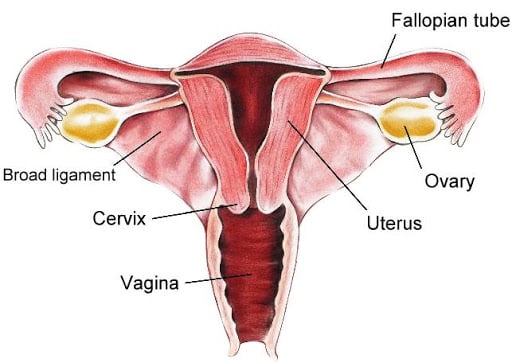
Anatomy of the female reproductive system (image from bluelotusfertility.com)
If you can touch your cervix with your finger in just until the first joint, then you have a LOW cervix. If you have to insert it until the 2nd joint, that is a MEDIUM cervix; if you have to insert the whole finger in before you can feel it, then that is a HIGH cervix. Some people can’t feel their cervix at all, and that is a VERY HIGH cervix.
- Low cervix – Get a short cup like the small Lena or Ruby. These cups have a good capacity despite the short length because of how they are shaped. Of course if your flow is very heavy, you can opt for shorter but wider cups like the Femmycycle cup. I have never used this one but it seems to come highly recommended.
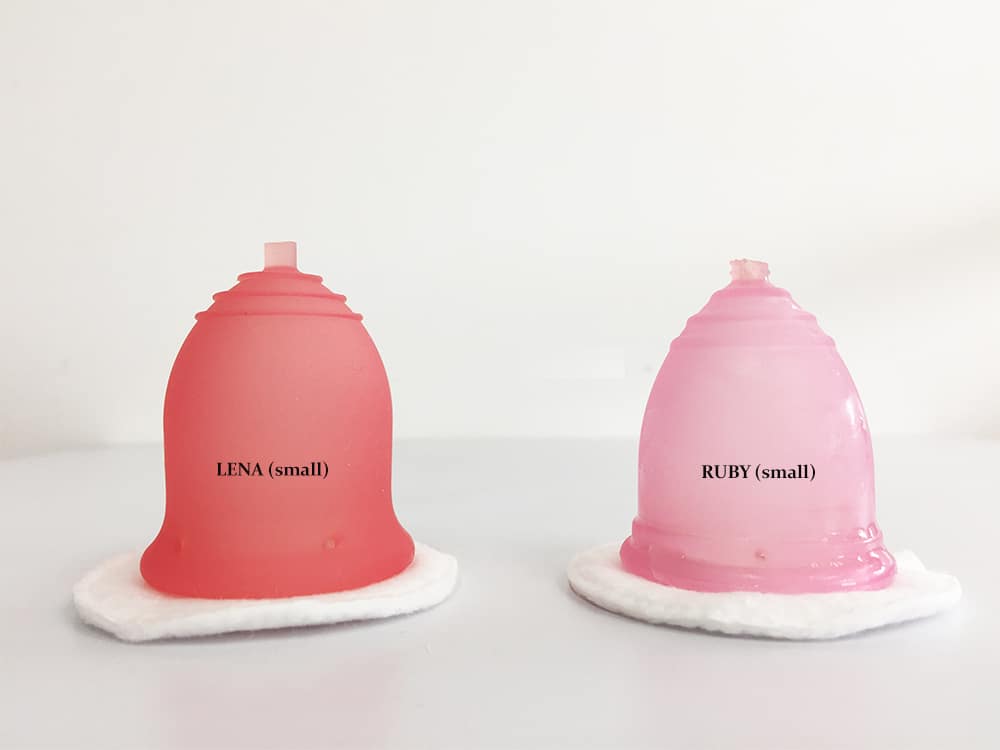
- Medium cervix – I would still recommend a shorter cup because if your cup is too long, your cervix could end up sitting inside the cup and taking up some of the space, which could cause the blood to overflow quicker. Also, a longer cup might stick out of the vaginal opening and be very uncomfortable for you. Of course if you have a heavy flow, get the larger size (or size 2) of the brand. I personally use a small Lena or Ruby during my lighter flow days and a large Lena during my heavy flow days.
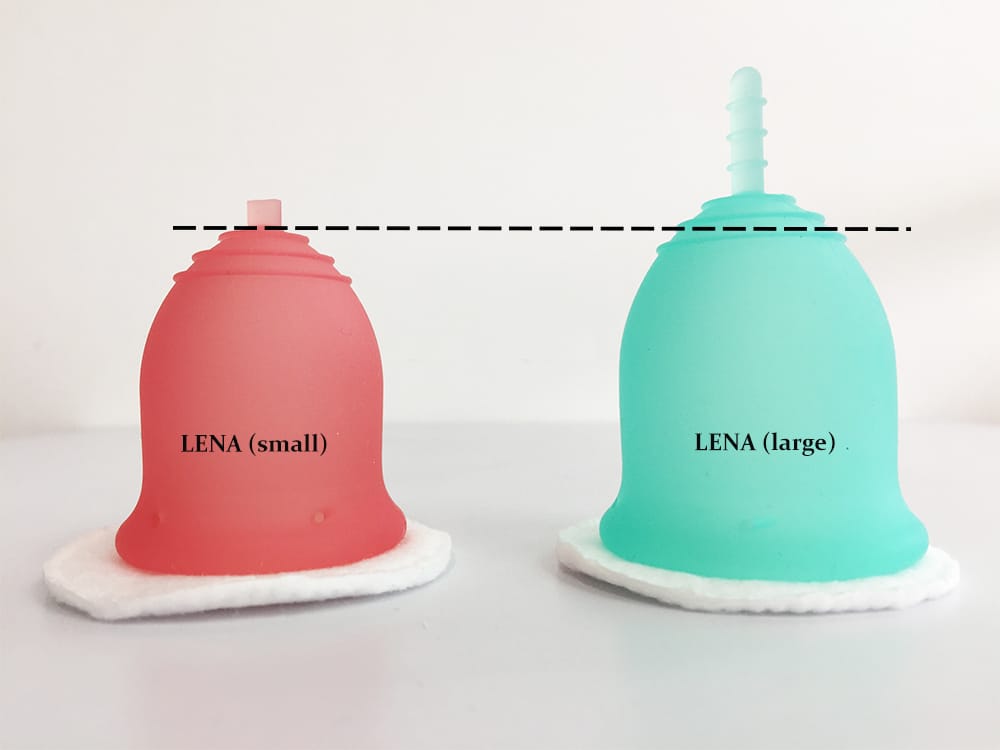
- High cervix – If you have a shorter cup, you can get the large/size 2 (like the large Lena) and that will still work, but you also have the option of picking a brand that is longer, like the Sinaya or Diva cup. This way, it will be easier for you to reach the bottom of the cup when removing it.
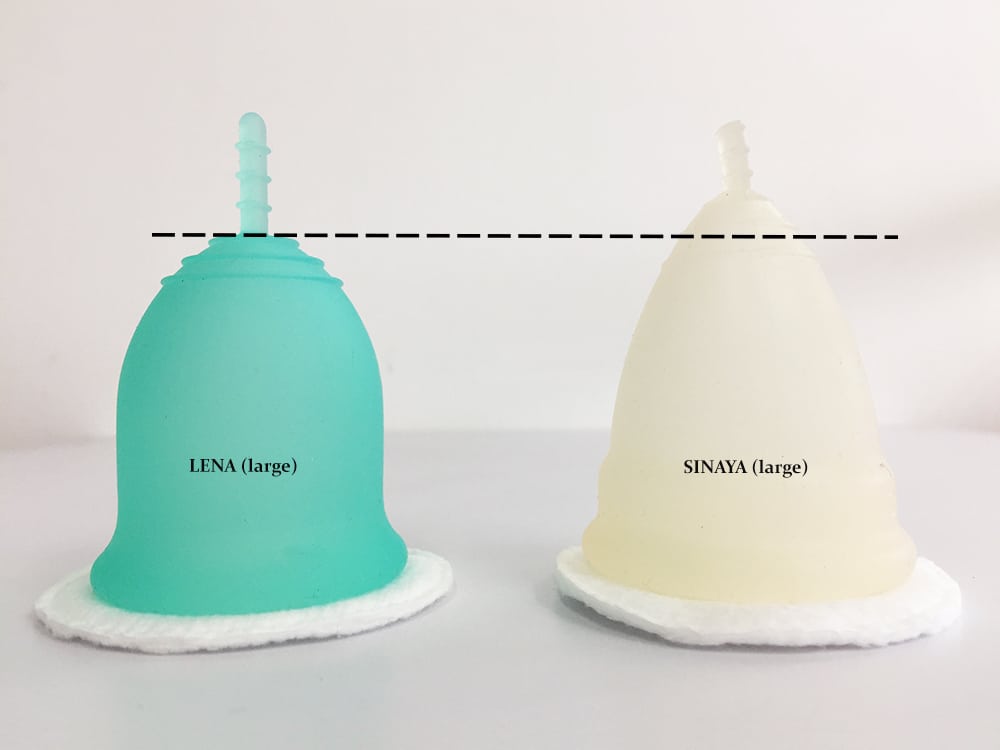
- Very high cervix – Stay away from shorter cups or you will have trouble during removal. Go with longer cups like the Diva or Lily Cup.
Other factors to consider would include:
- If you are a virgin or have never used tampons before. You might want to go with cups that have a softer resistance like the Ruby or Lena Sensitive.
- If you are prone to urinary tract infections. Go with softer cups as well because they have less tendency to press on your urethra or bladder outlet.
- If you have an active lifestyle. You might want to opt for cups with firmer resistance (like the classic Lena), which tend to stay in place better despite a lot of movement.
Invest In A Good Cup
A good quality cup does not come cheap… but I have to say it’s worth every centavo. You have to remember that this is something that you’ll be inserting into your body. I would recommend investing in a reputable brand that has certification from their local authorities so you know that standards are being met during production.
Aside from safety, you can tell the difference in quality between cheaper cups and the “pricier” ones. The silicone feels nicer; the seams are smoother; and you know they will most likely last longer anyway as long as you take good care of them. In the end, you get your money’s worth and end up saving money in the long run.
So there you have it. Take these into consideration when you’re shopping for your first cup. I hope you find your goldilocks cup right away, but don’t get discouraged if it doesn’t work perfectly right off the bat. There is a learning curve to using cups, and it might take a couple of cycles before you get the hang of it. Don’t give up right away. Often times, just a little adjustment here and there will do the trick.
Happy cup hunting!
______________________________________________________________________________
My review of the Lena Cup with comparisons to the Ruby and Sinaya —
https://allscrubbedout.com/lena-cup-review-and-comparisons/
My post/video answering FAQs about menstrual cups —
https://allscrubbedout.com/menstrual-cups-faqs-answered/
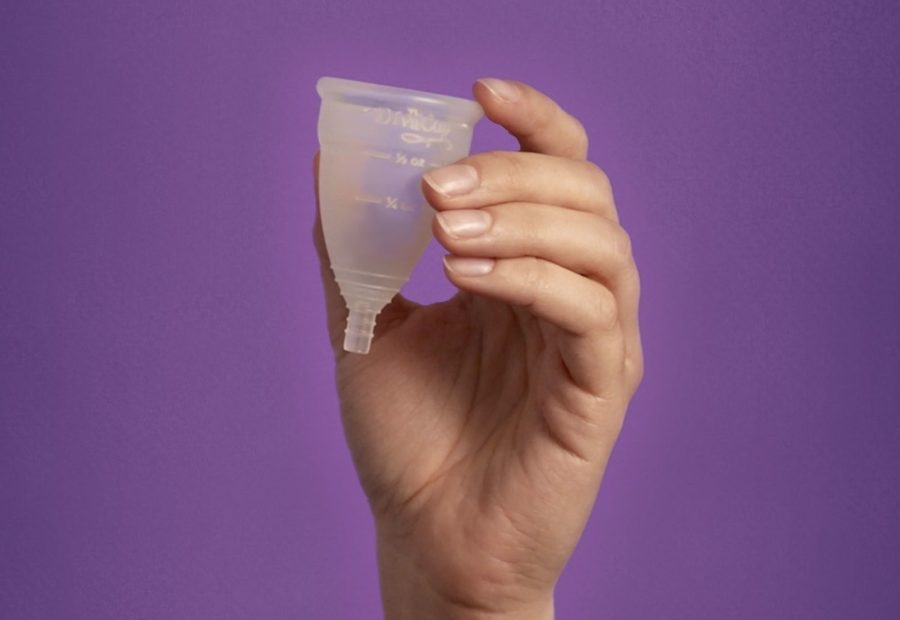



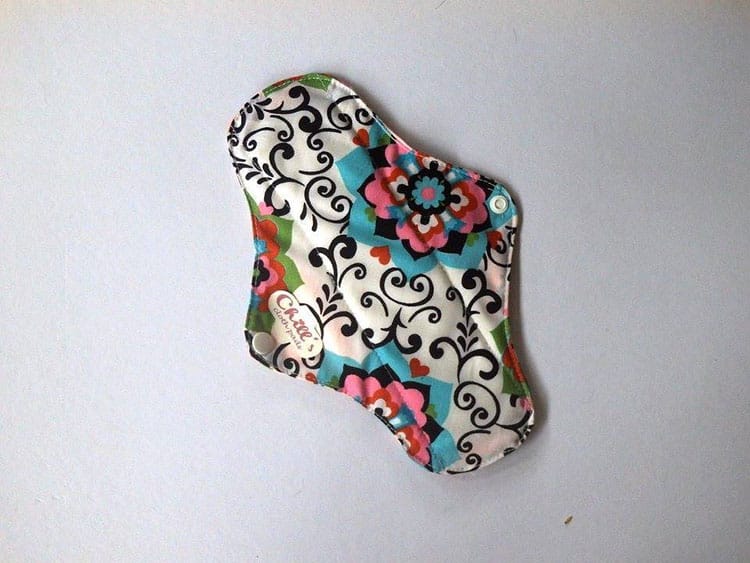
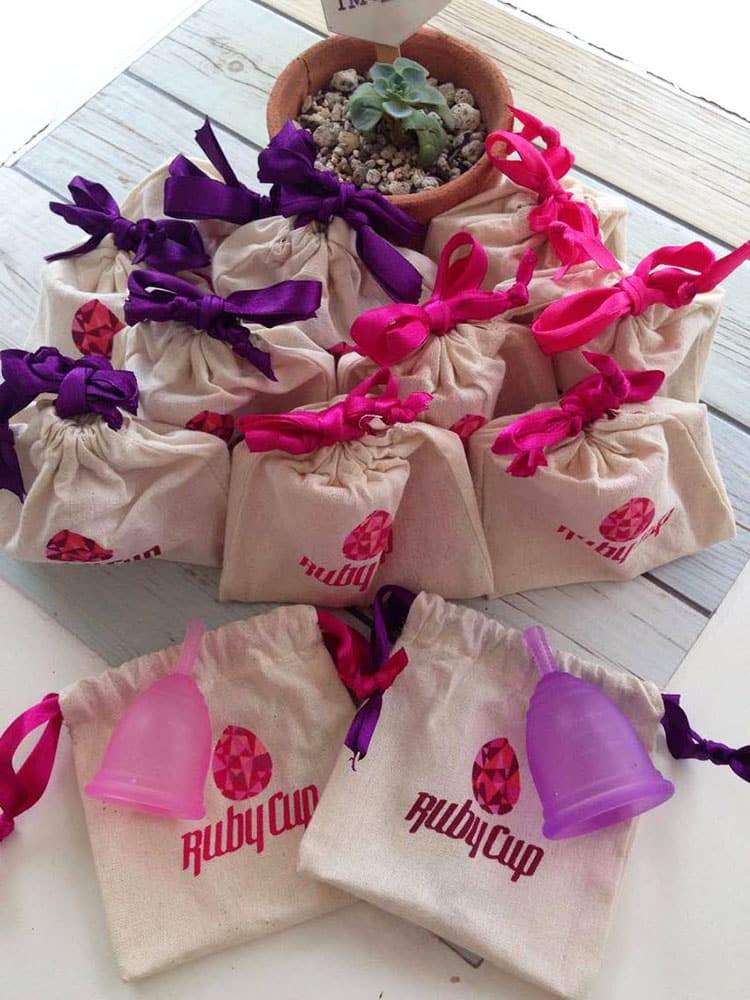
Comments